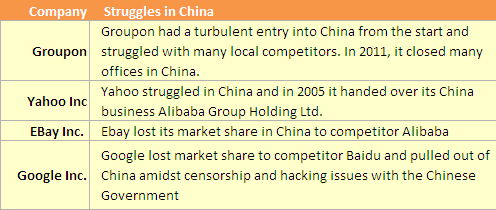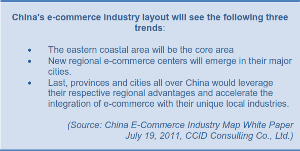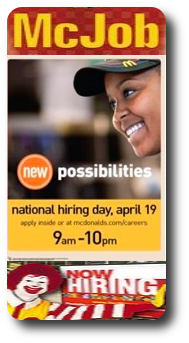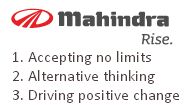Case Description
In September 2011, Tesco, the British supermarket group and the world’s third-biggest retailer announced its exit from Japan after eight years in the country. In the event, Tesco became the latest in a long list of foreign retailers to exit from Japan. This case study highlights why many International supermarket chains like Tesco have been unsuccessful so far in a difficult Japanese market.
Case Contents
- Japan – a black hole for foreign retailers
- Tesco enters Japan
- Tesco bids sayonara to Japan business
- How and why foreign retailers failed in Japan – A few examples.
- Carrefour – French shopping experience for Japan
- Sephora – Self-service cosmetics sales
- Wal-Mart – Dark and unattractive stores like warehouses
- Blockbuster – Missing the right fit
- Hurdles when entering the Japanese market
- Cheap stuff at cheap prices – Japanese consumer mindset
- Tesco – Historical Timeline
- Tesco’s mistakes in US – Not understanding the American Customer
- Bibliography
- Exhibit 1 – Partial list of foreign retailers to retreat from Japan
- Exhibit 2 – Tesco in foreign markets – Entry year, entry mode & key competitors
- Exhibit 3 – Tesco’s performance in Asia
- Exhibit 4 – Timeline of Tesco’s Entry and Exit in Japan
- Exhibit 5 – Tesco Globalization/International Expansion
- Exhibit 6 – Japan’s Retail Companies on the Top 250 Global Powers of Retailing
- Exhibit 7 – Quick Facts on Tesco
- Exhibit 8 – Tesco’s Seven Part Strategy
Case Study Sample Page
Japan – a black hole for foreign retailers
“Let’s be honest, Japan was a short, expensive adventure for us,”
– Jose Luis Duran, Chief Executive of Carrefour in March 2005 on its exit from Japan.
“These retailers brought into Japan their business formats without adjusting for Japan, It’s not as if a wholesale-club-type concept will not take off here, but there has to be some modification.”
– Masayoshi Saotome, research director at Mitsubishi Research Institute Inc.
Japan, the world’s third-biggest grocery market remains a difficult country to make money from as International retailers, Wal-Mart and Carrefour have found out. Wal-Mart has not done great in Japan with its presence since 2002 through Seiyu. When Carrefour had entered Japan in 2000, it had made huge claims on revolutionizing retailing in the country. However, in 2005, Carrefour swapped its Japanese assets for Tesco’s assets in Taiwan. In September 2011, Tesco, the British supermarket group and the world’s third-biggest retailer announced its exit from Japan after eight years in the country. In the event, Tesco became the latest in a long list of foreign retailers to exit from Japan.
Seven & I Holdings and Aeon dominate Japan. Even British drugstore chain Boots pulled out of Japan owing to increased competition and deflation. Additionally, Japan’s Byzantine distribution system, closely-knit web of suppliers and consumers’ fickle taste is the reason behind many retailers struggling. Many analysts attribute the failure to misreading Japanese consumers’ mindset. However, the competitive Japanese retail market is a tough arena, not just for foreign retailers but also for local Japanese department stores. Local stores also have been struggling with price deflation and ever-increasing specialty stores.






